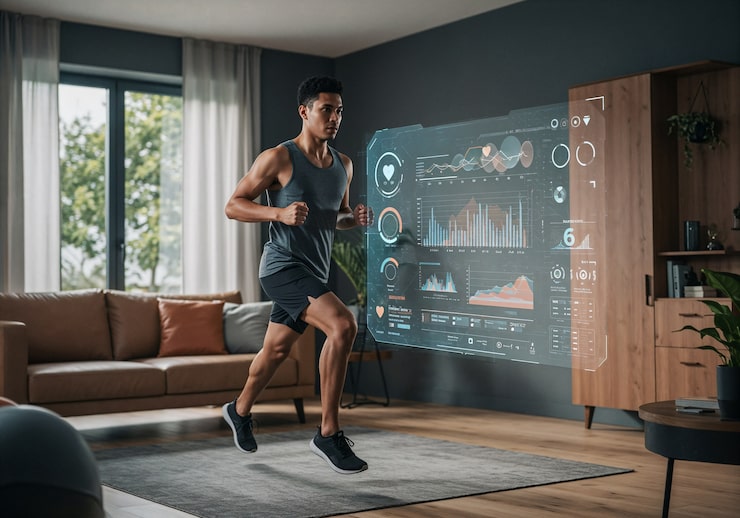Sports and physical activities require participants to wear appropriate clothing that not only enhances performance but also ensures comfort and safety. The right attire can have a significant impact on an athlete’s performance, reducing the risk of injury, improving mobility, and providing necessary support. In this article, we will explore the effects of appropriate clothing on sports and highlight the importance of choosing the right attire for various athletic activities.
Enhancing Performance and Comfort
Wearing appropriate clothing can greatly enhance an athlete’s performance and overall comfort during sports activities. Here are some key factors to consider:
Moisture-Wicking and Breathability
Sports clothing made from moisture-wicking materials, such as polyester blends or specialized fabrics like Dri-FIT, helps to draw sweat away from the body, keeping the athlete dry and comfortable. Breathable fabrics allow sufficient airflow, preventing overheating and improving overall comfort during prolonged physical exertion.
Flexibility and Range of Motion
Sports attire should allow for a full range of motion, enabling athletes to move freely without any restrictions. Clothing made from stretchable and flexible materials, such as spandex or elastane blends, provides the necessary flexibility for dynamic movements, such as running, jumping, and stretching.
Temperature Regulation
Appropriate clothing helps in regulating body temperature, especially in outdoor sports. In colder conditions, layering with moisture-wicking base layers, insulating mid-layers, and weather-resistant outer layers can help retain body heat. In contrast, lightweight and breathable clothing is suitable for hot and humid environments, allowing for effective heat dissipation.
Support and Protection
Certain sports require specialized clothing to provide support and protection to specific body parts. For example, compression garments can aid in muscle recovery and reduce muscle soreness, while padded apparel provides additional protection for contact sports like football or rugby.
Injury Prevention and Safety
Appropriate clothing plays a crucial role in preventing injuries and ensuring the safety of athletes. Here are some ways in which proper attire can contribute to injury prevention:
Impact Absorption
Sports that involve high impact or contact, such as soccer or basketball, necessitate protective gear like helmets, padding, and mouthguards. These accessories absorb impact forces, reducing the risk of head injuries, fractures, or dental injuries.
Joint Stability and Support
Supportive clothing, such as compression sleeves or braces, can provide stability to joints and muscles, reducing the risk of sprains or strains. These garments help in preventing excessive movement, providing additional support to vulnerable areas like the ankles, knees, or wrists.
Sun Protection
Outdoor sports expose athletes to the sun’s harmful UV rays, which can lead to sunburns, skin damage, and an increased risk of skin cancer. Wearing appropriate clothing like UV-protective shirts, hats, and sunglasses can help shield the body from the sun, reducing the risk of sun-related health issues.
Visibility and Reflectivity
For sports that take place in low-light conditions or during nighttime, wearing clothing with reflective elements or bright colors enhances visibility, making athletes more visible to others. This reduces the risk of accidents or collisions, ensuring the safety of both the athlete and others around them.
Mental and Psychological Factors
Apart from the physical benefits, appropriate clothing can also have a positive impact on an athlete’s mental and psychological state:
Confidence and Self-Esteem
Wearing clothing that fits well, is comfortable, and makes athletes feel confident can have a psychological impact on their performance. When athletes feel good in their attire, it boosts their self-esteem, leading to improved focus, motivation, and overall performance.
Team Unity and Identity
Team sports often involve wearing uniforms or team-specific attire. This promotes a sense of unity and identity among team members, fostering a strong team spirit and camaraderie. It also helps athletes differentiate between teammates and opponents, facilitating effective communication and coordination on the field.
Mental Preparation and Focus
Having a specific sports uniform or attire helps athletes mentally prepare for competition. It signals a shift from regular activities to a focused sports mindset, improving concentration and readiness to perform at their best.
Conclusion
Appropriate clothing is an integral part of sports and physical activities. It not only enhances performance and comfort but also contributes to injury prevention, safety, and psychological well-being. Athletes should prioritize choosing attire that meets the specific requirements of their sport, considering factors such as moisture-wicking, flexibility, support, and protection. By wearing the right clothing, athletes can optimize their performance, reduce the risk of injuries, and enjoy their sports activities to the fullest.




